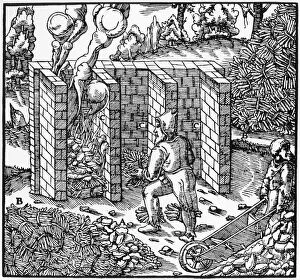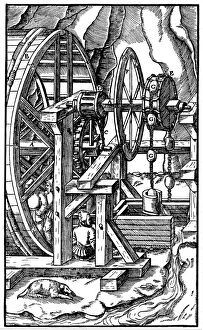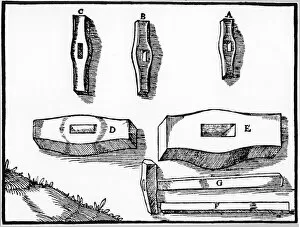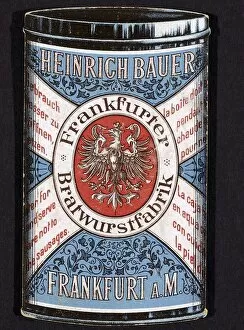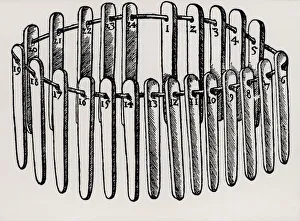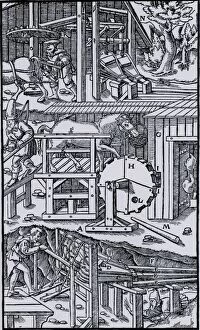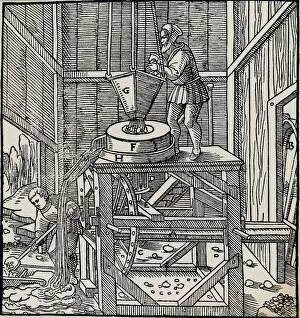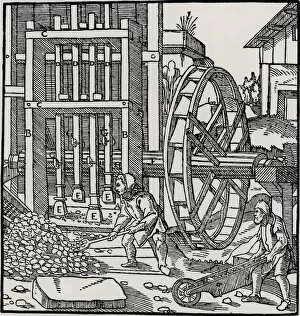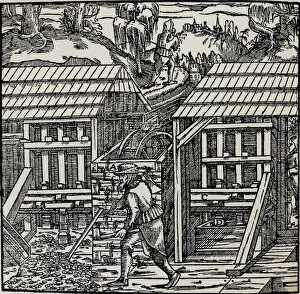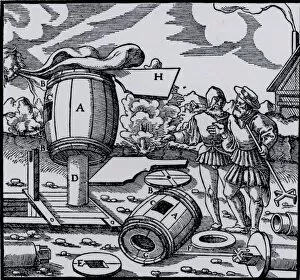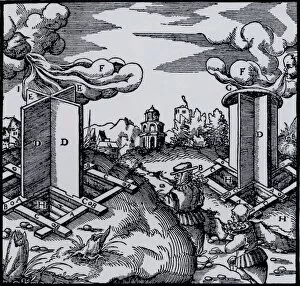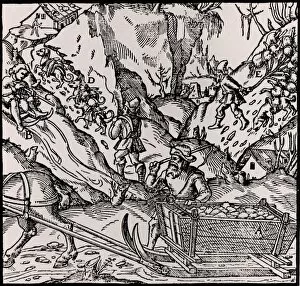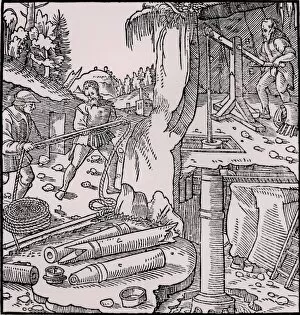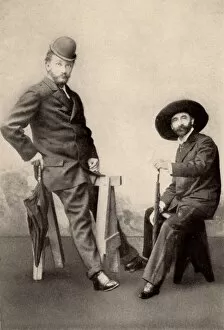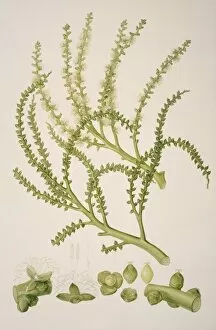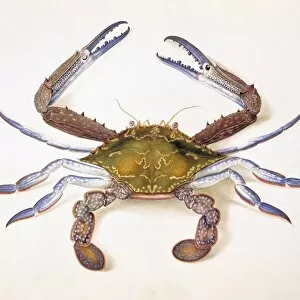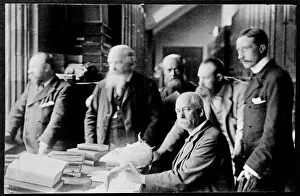Bauer Collection (page 5)
"Bauer: A Captivating Collection of Nature's Finest Hues" Step into the enchanting world of Bauer, where vibrant colors and exquisite beauty await at every turn
All Professionally Made to Order for Quick Shipping
"Bauer: A Captivating Collection of Nature's Finest Hues" Step into the enchanting world of Bauer, where vibrant colors and exquisite beauty await at every turn. Amongst this diverse array of botanical wonders, you'll find Livistona humilis, also known as the sand palm, gracefully swaying in the breeze. Venturing further, your eyes will be drawn to the mesmerizing Cephalotus follicularis, an Australian pitcher plant that lures unsuspecting insects with its captivating traps. Nearby stands Pinus cembra, or the majestic Arolla pine, reaching for the sky with its towering presence. As you explore deeper into this verdant paradise, you'll encounter Pinus strobus L. Weymouth or white pine - a symbol of purity and tranquility amidst nature's symphony. Delicate yet resilient is Cypripedium reginae - lady slipper orchid - showcasing its elegant petals like a crown fit for royalty. Not far away blooms Cypripedium calceolus; another lady slipper orchid gracing us with its ethereal charm and delicate allure. Eucalyptus pruinosa adds a touch of silver to this kaleidoscope of flora while Arum dioscoridis captivates with its unique shape and striking maroon hues. Banksia coccinea proudly displays scarlet blossoms that ignite passion within our hearts while Cephalotus follicularis continues to amaze with its carnivorous tendencies. Iris Germanica from 1847 enchants us still today through hand-colored engravings that capture their timeless elegance. Finally, we come across Brunonia australis – blue pincushion – whose vivid azure petals create a stunning contrast against nature's green canvas. In Bauer's realm lies an endless tapestry woven by Mother Earth herself – each species telling a story through color, form, and grace.

